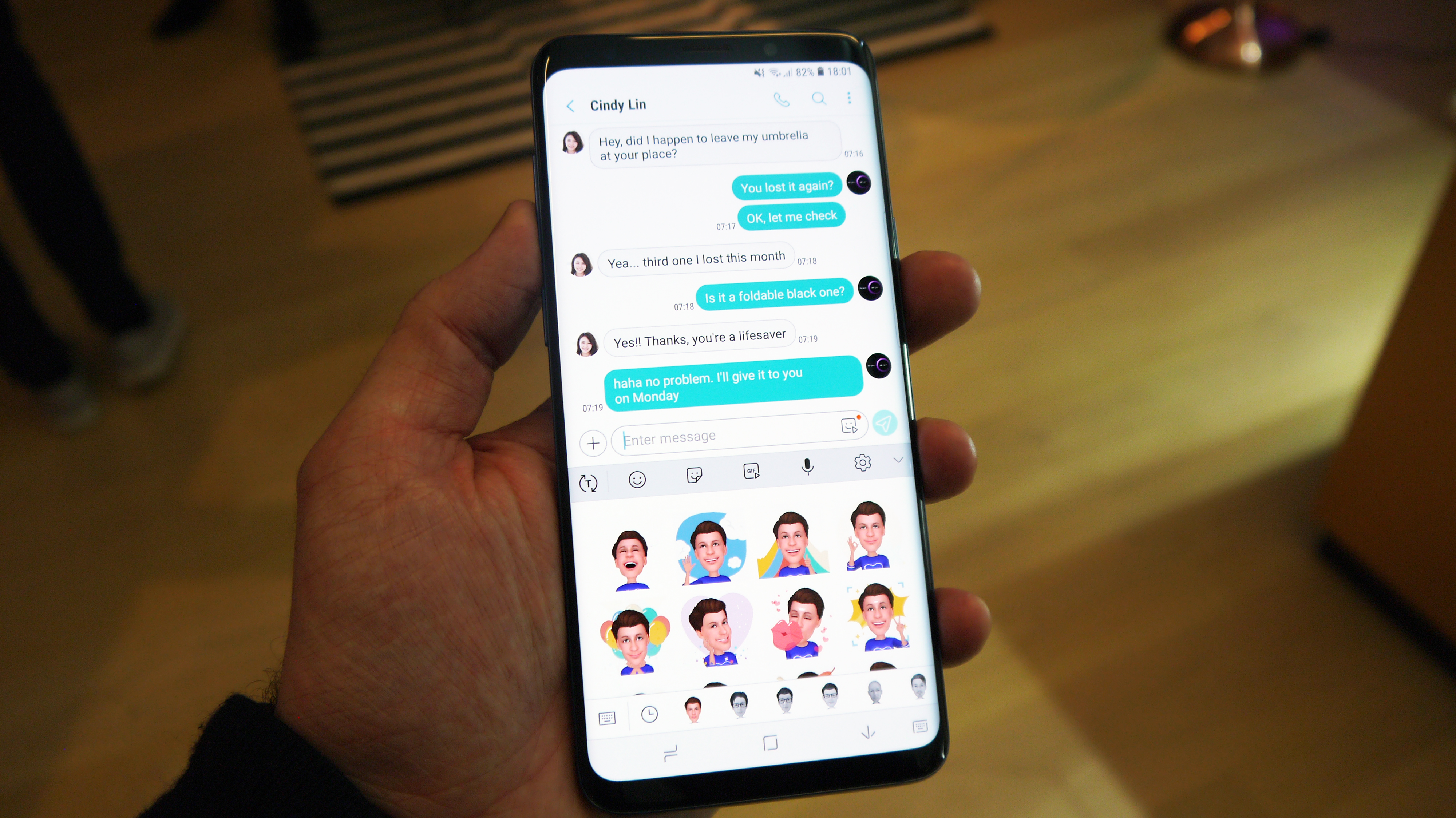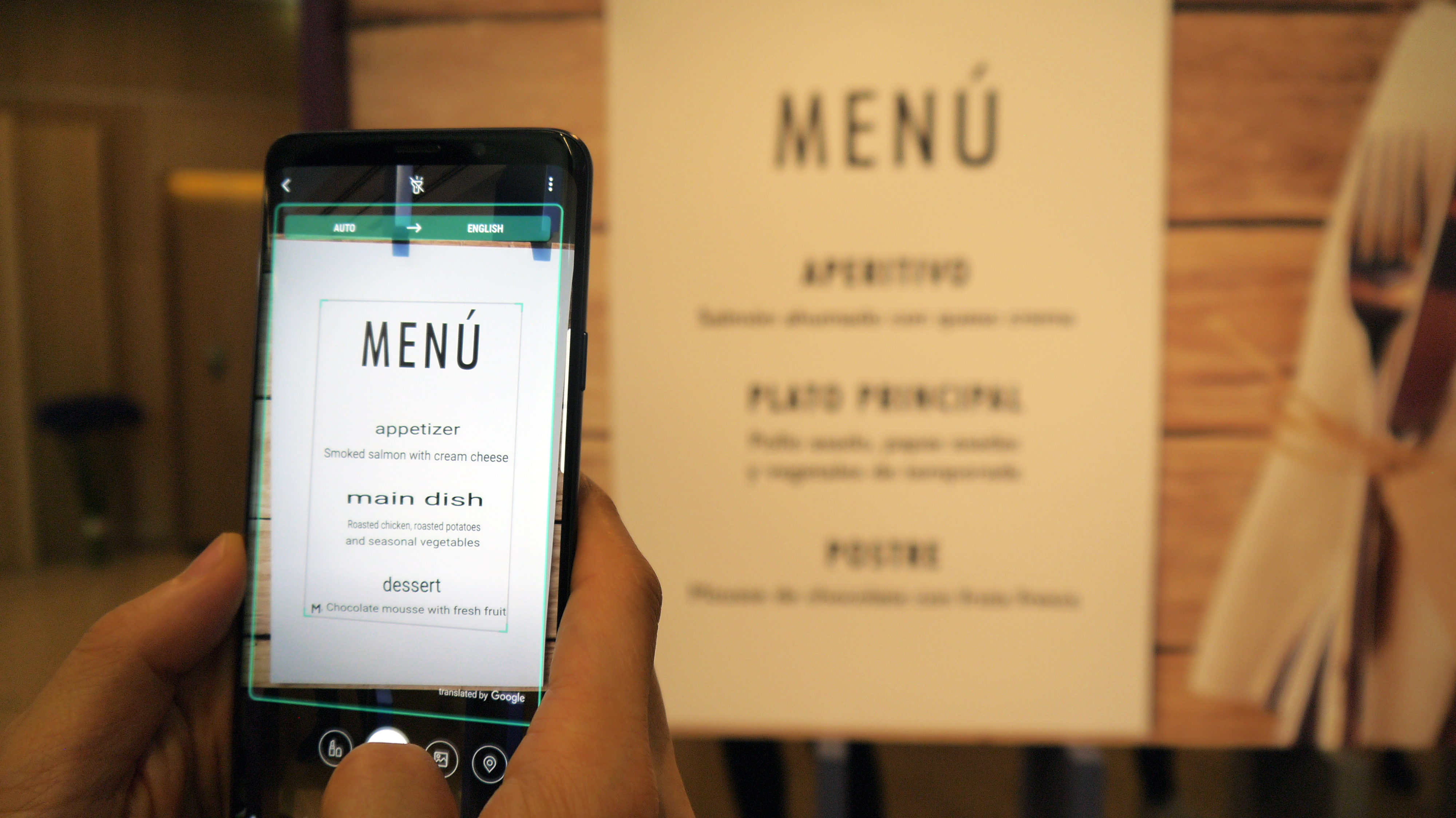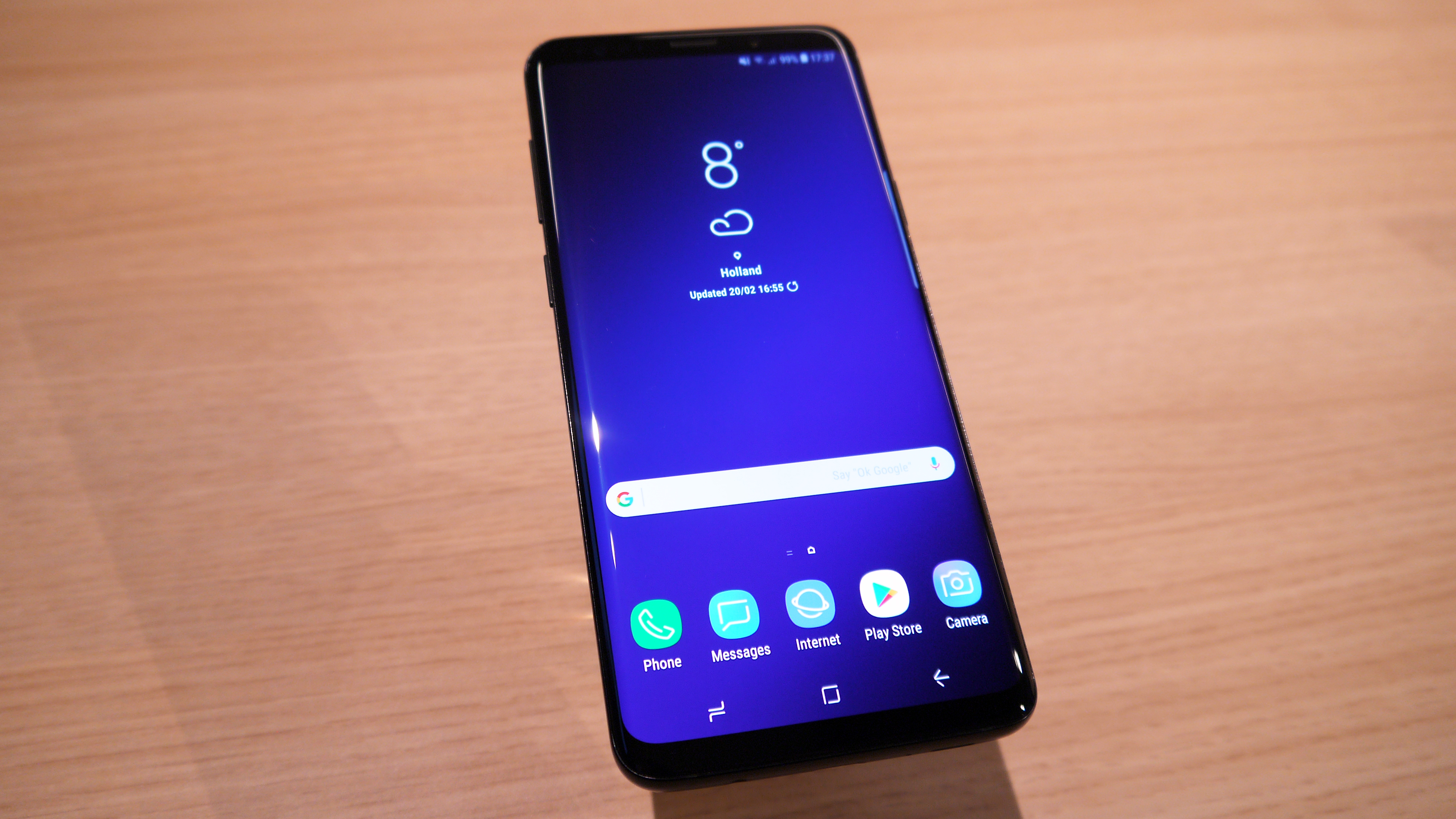Samsung Galaxy S8 vs Samsung Galaxy S9: which one should you buy?
The pros and cons of the Galaxy S8 compared with the Galaxy S9


When we reviewed the Samsung Galaxy S8 we called it “sublime”, albeit with “one or two compromises”. Those compromises – the fingerprint sensor’s position, patchy facial recognition and the Bixby digital assistant – have all been addressed in the Galaxy S9, which also benefits from design tweaks, faster processors and some seriously impressive camera technology.
Could the Galaxy S9 be a five star phone compared to the S8’s four and a half stars? Let’s compare.
UPDATE: Read our Samsung Galaxy S9 review and Samsung Galaxy S9 Plus review.
Samsung Galaxy S9 versus Samsung Galaxy S8: design

The Galaxy S8 was, and is, a pretty thing. The front is almost all display, with tiny vertical bezels and a fairly small forehead and chin; the rest of the device is clean and looks particularly nice in colours such as Orchid Gray, Coral Blue and Rose Pink. It’s water and dust resistant to IP68.
The S9 is prettier still, in a familiar way: while it’s hardly a radical redesign the top and bottom bezels have been made significantly smaller, the fingerprint sensor has been moved slightly, and there’s a new colour Samsung claims will be the colour of the year: Lilac Purple, alongside the familiar Midnight Black and Coral Blue. Once again there’s a good old-fashioned headphone jack so you don’t need a dongle to listen to music.
Samsung Galaxy S9 versus Samsung Galaxy S8: display

The S8 rocked up with 5.8 inches of Super AMOLED, offering always-on notifications and a Quad HD+ resolution of 2,960 x 1,440 – although it runs at Full HD by default; you need to enable maximum resolution in Settings.
The S9 is also 5.8 inches of Quad HD+, but Samsung has optimised the OS for landscape mode: the app tray now shifts as you rotate your phone 90 degrees. An important change you can’t see is the new speakers, which have been tuned by audio experts AKG and deliver 360 degrees of Dolby Atmos sound across all your media.
Get all the latest news, reviews, deals and buying guides on gorgeous tech, home and active products from the T3 experts
Samsung Galaxy S9 versus Samsung Galaxy S8: processor and storage
Depending on where you are in the world, Samsung offers different processors: Qualcomm Snapdragons or its own Exynos processors. Both versions of the Galaxy S8 have octa-core processors, 4GB of RAM and 64GB of on-board storage expandable via microSD.
It’s a similar story with the octa-core processors in the S9. The US and China get Snapdragon 845s, and the rest of the world Exynos 9810s. There’s 4GB of RAM, 64GB of storage and a microSD slot.
It’s also worth pointing to the radios: in addition to the usual alphabet soup of connectivity the Galaxy S9 is the first device in Europe to support Gigabit LTE, which we’ll start to see networks offering this year.
Samsung Galaxy S9 versus Samsung Galaxy S8: cameras

The front camera in the S8 is an 8MP, f/1.7 sensor with “wide selfie” mode for better personal portraiture. The rear setup is a dual pixel 12MP, f/1.7 with optical image stabilisation for photos and digital image stabilisation for video. It’s capable of 60fps video at 1080p HD or 30fps in 4K.
The Galaxy S9 cameras are better still, with the main dual lens camera delivering an incredible f/1.5: that’s a first for smartphones, a truly extraordinary amount of light. There’s also a new multi-frame noise reduction feature that combines 12 images to remove unwanted artefacts, and a super slo-mo mode that runs at 960fps. As before video is up to 60fps in 1080p and 30fps in 4K. Samsung also offers quicker GIF creation, video wallpaper editing, augmented reality emoji for virtual dress-up (via the selfie camera) and automatic motion detection.
Samsung Galaxy S9 versus Samsung Galaxy S8: battery
The S8 battery is 3,000mAh and offers fast charging on both wired and wireless chargers. The S9 is 3,000mAh too. That’s not a surprise given recent bad publicity over batteries: Samsung’s playing it cautiously rather than trying to push battery tech to its limits right now.
Samsung Galaxy S9 versus Samsung Galaxy S8: software

The S8 shipped with Android 7.0, aka Nougat, with the usual Samsung refinements. It also has Bixby, Samsung’s version of Siri, Cortana or Hey Google. When Bixby is good it’s very good, so for example it’s great at downloading apps, rotating images and other tasks. However, the lack of widespread compatibility (for example home automation control expects Samsung home automation hardware) means many reviews damn it with faint praise such as “better than Cortana”.
The S9 comes with Oreo, aka Android 8.0, and Bixby’s had a significant upgrade too. It now offers live translation, and if you point it at food it can tell you how many calories each item has. There’s also a new feature, Places, that can tell you about anything nearby that may be relevant to you. If you are part of the SmartThings universe, there’s a new SmartThings app that Bixby can talk to.
Samsung Galaxy S9 versus Samsung Galaxy S8: overall

The Galaxy S9 solves the things we didn’t like in the S8, improves the processor and the overall design and makes an already great camera truly amazing. If you bought the S8 the main deterrent here is going to be the upgrade cost, although Samsung does offer a global trade-in programme. However, if you skipped the S8 then this is a really compelling device with a stunning display and what could well be the best camera setup you’ll see this year.
Writer, musician and broadcaster Carrie Marshall has been covering technology since 1998 and is particularly interested in how tech can help us live our best lives. Her CV is a who’s who of magazines, newspapers, websites and radio programmes ranging from T3, Techradar and MacFormat to the BBC, Sunday Post and People’s Friend. Carrie has written more than a dozen books, ghost-wrote two more and co-wrote seven more books and a Radio 2 documentary series; her memoir, Carrie Kills A Man, was shortlisted for the British Book Awards. When she’s not scribbling, Carrie is the singer in Glaswegian rock band Unquiet Mind (unquietmindmusic).
